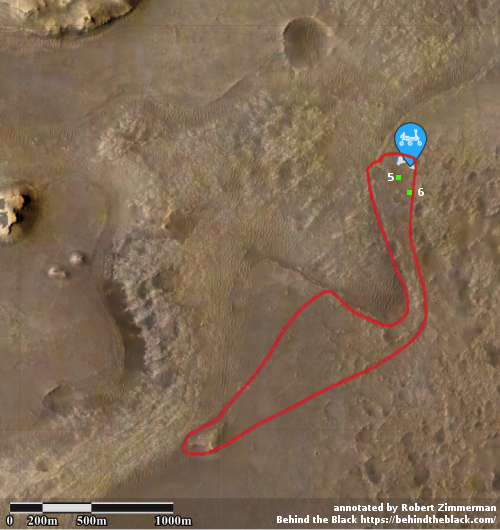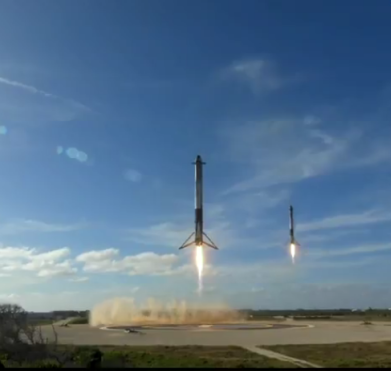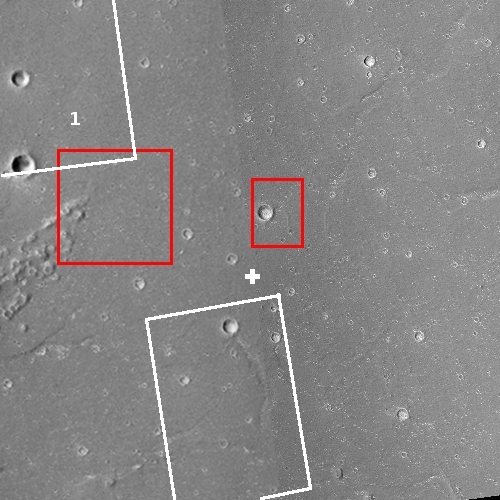Parker makes course correction
On May 15th the Parker Solar Probe made the first of three small adjustments to its orbital path in order to refine its path during an October 16th fly-by of Venus, which in turn will make more precise its next three Venus fly-bys and thus bring it closer and closer to the Sun.
[The] Parker Solar Probe just completed its eighth close approach to the Sun, coming within a record 6.5 million miles (10.4 million kilometers) of the Sun’s surface on April 29. It’ll pass the Sun from about the same distance again on Aug. 9, before using Venus’ gravity on Oct. 16 to swing it even closer to the surface — about 5.6 million miles (9 million kilometers) — on Nov. 21. Assisted by the remaining three Venus flybys, Parker Solar Probe will eventually come within 4 million miles (6.4 million kilometers) of the solar surface.
The spacecraft remains healthy and continues to gather data with each fly-by of the both the Sun and Venus.
On May 15th the Parker Solar Probe made the first of three small adjustments to its orbital path in order to refine its path during an October 16th fly-by of Venus, which in turn will make more precise its next three Venus fly-bys and thus bring it closer and closer to the Sun.
[The] Parker Solar Probe just completed its eighth close approach to the Sun, coming within a record 6.5 million miles (10.4 million kilometers) of the Sun’s surface on April 29. It’ll pass the Sun from about the same distance again on Aug. 9, before using Venus’ gravity on Oct. 16 to swing it even closer to the surface — about 5.6 million miles (9 million kilometers) — on Nov. 21. Assisted by the remaining three Venus flybys, Parker Solar Probe will eventually come within 4 million miles (6.4 million kilometers) of the solar surface.
The spacecraft remains healthy and continues to gather data with each fly-by of the both the Sun and Venus.













